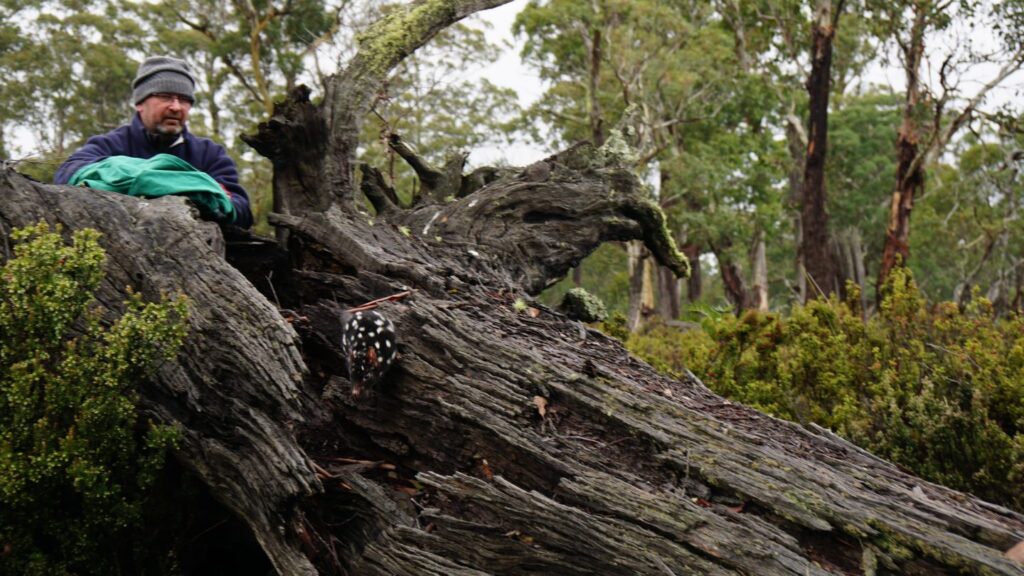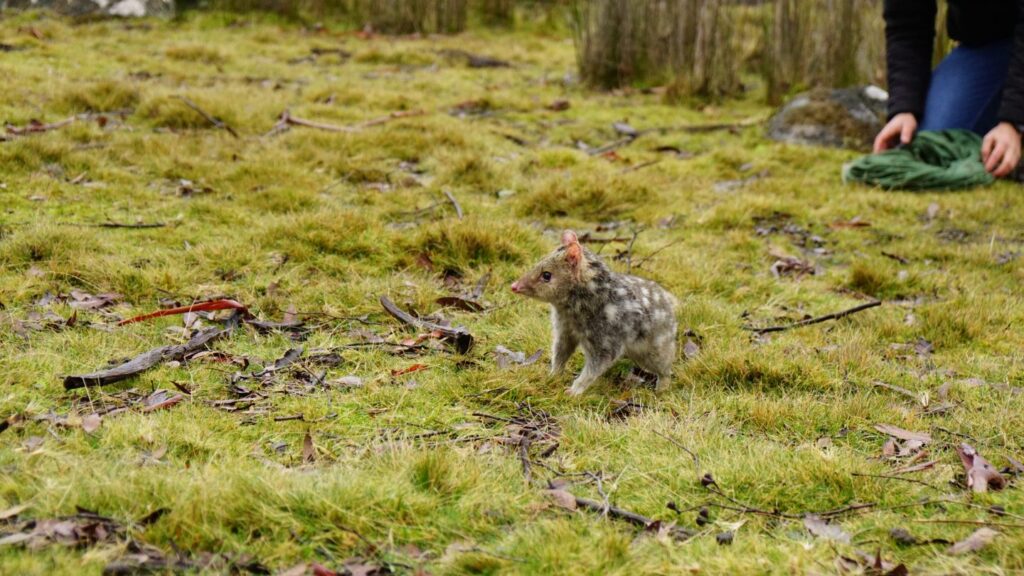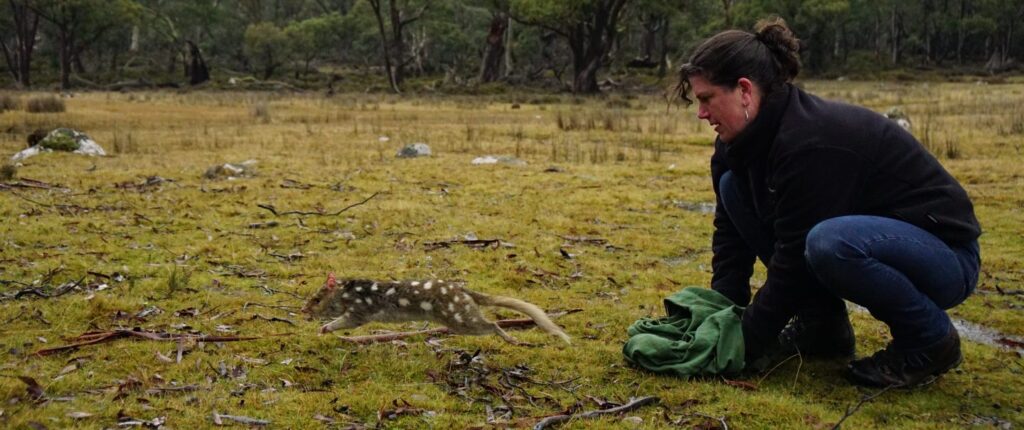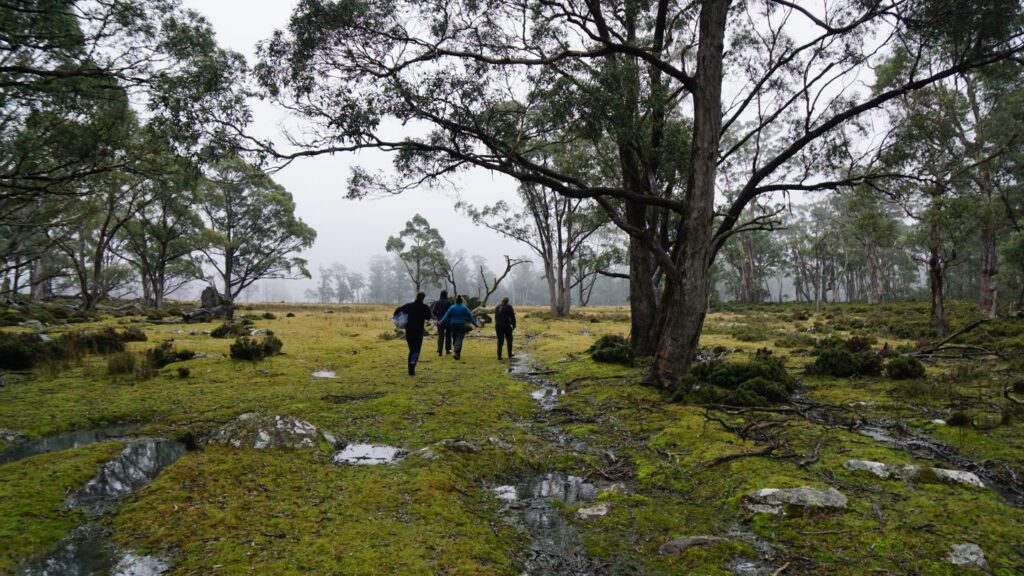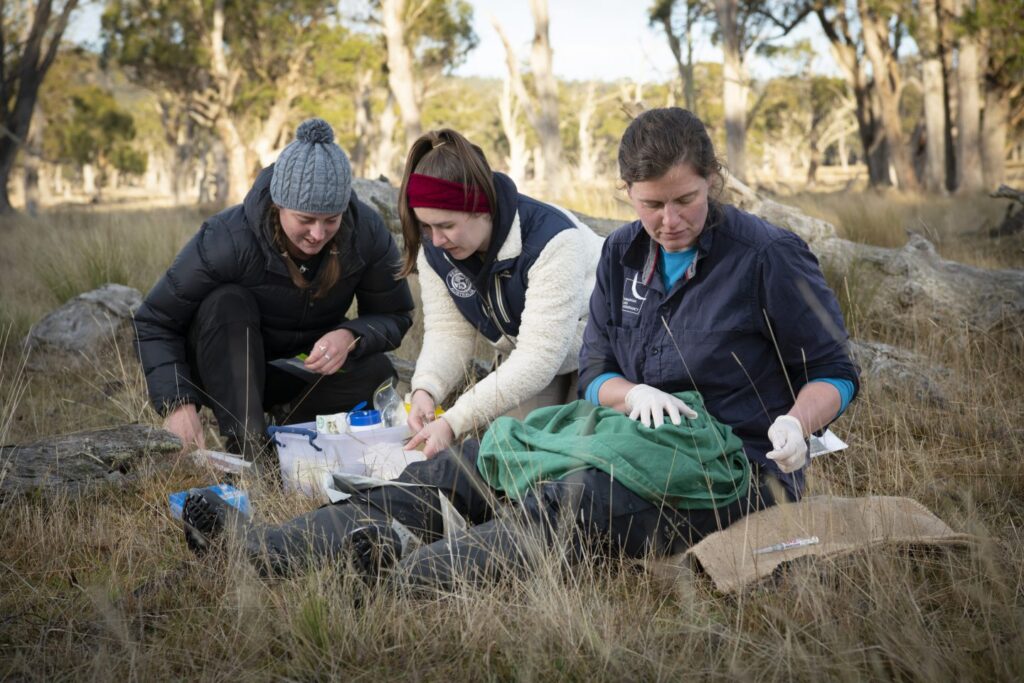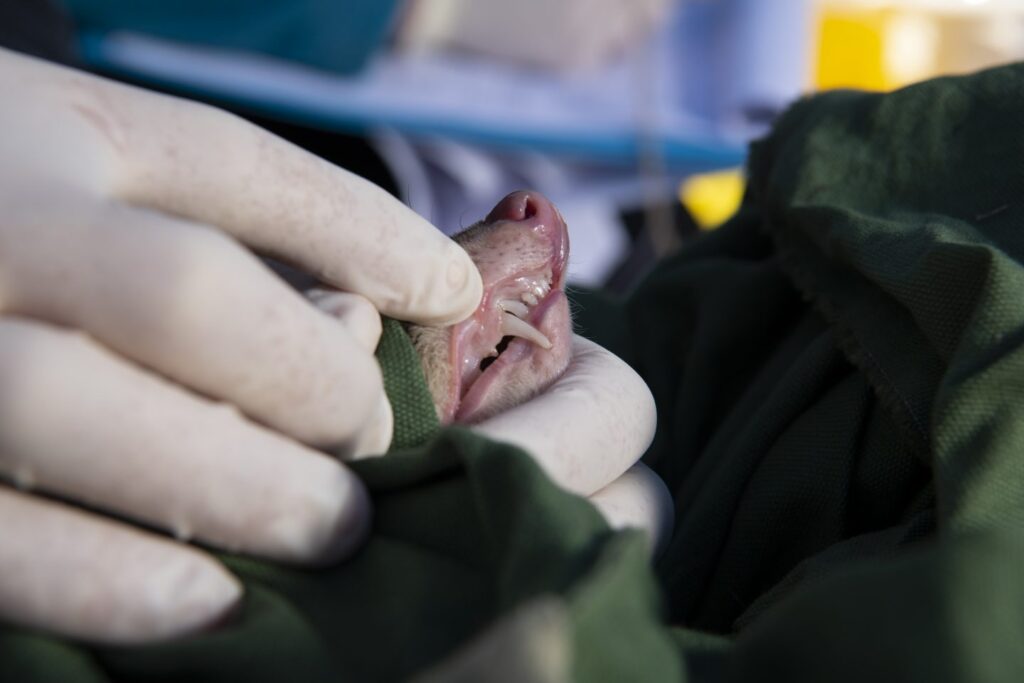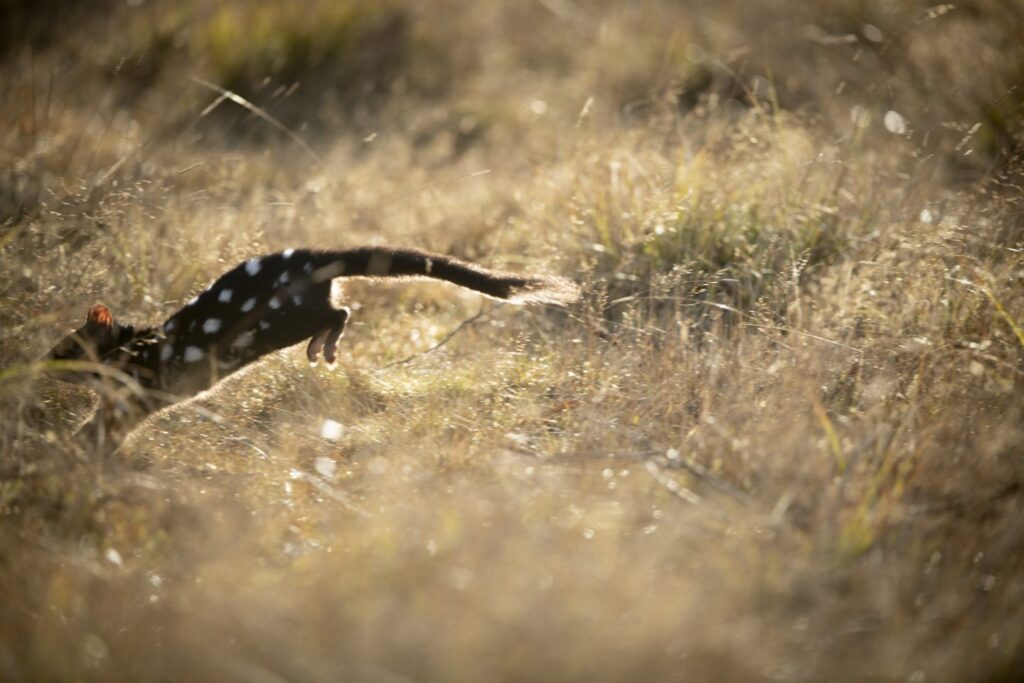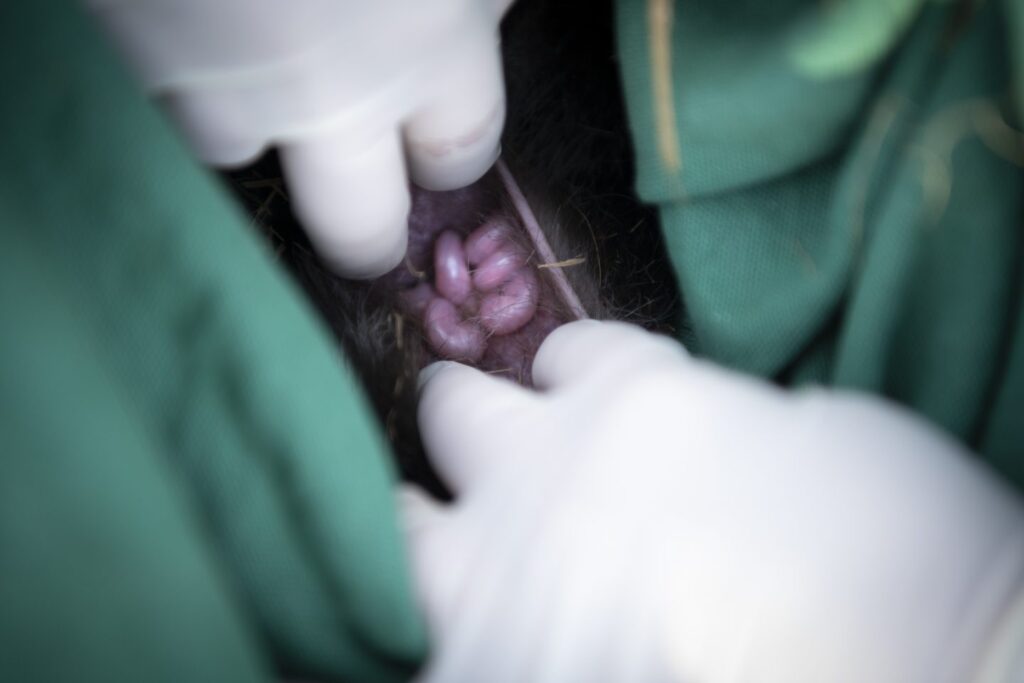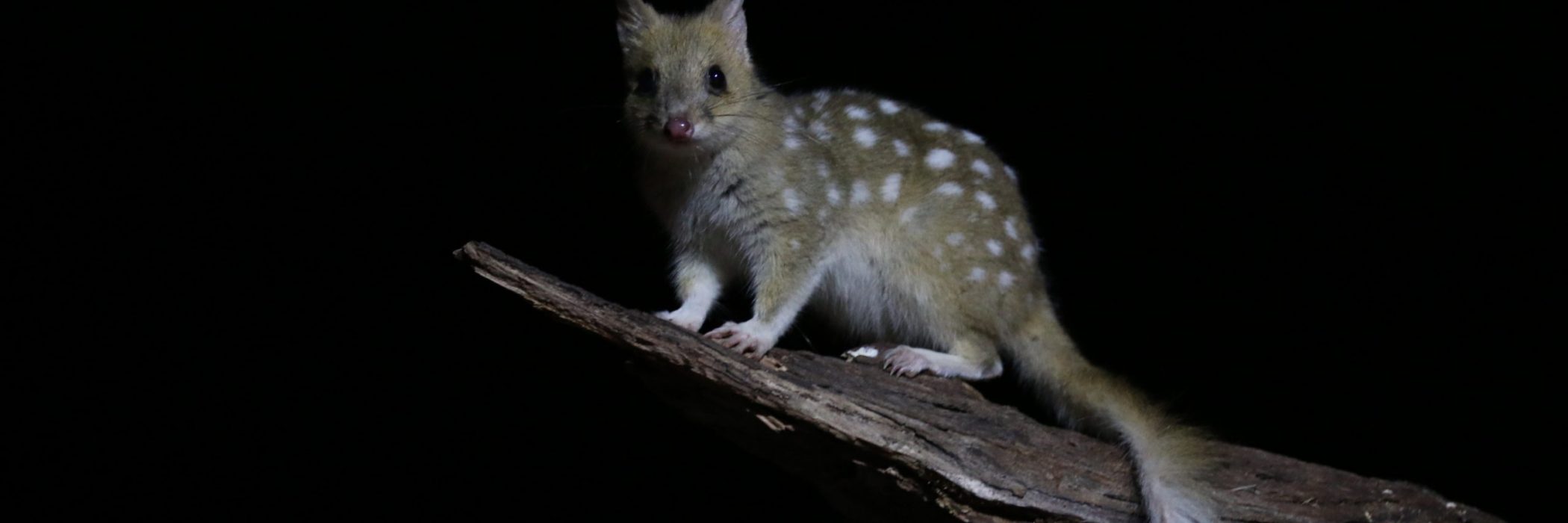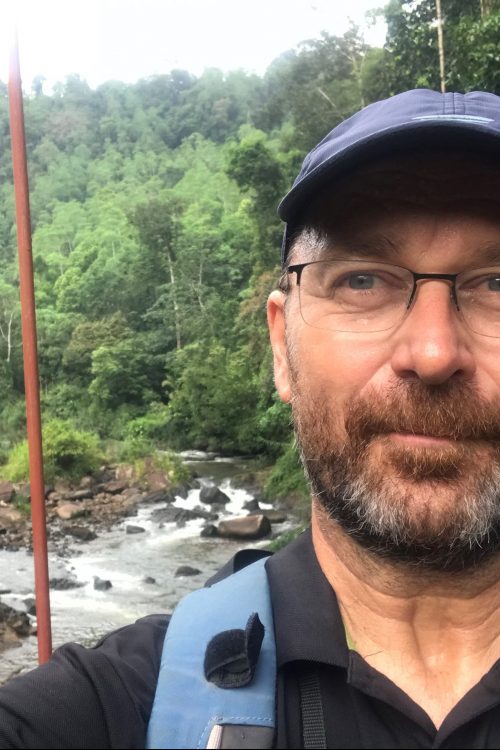Catching up with quolls
The TLC science team has just come back from the Silver Plains New Leaf property, where they were checking in on the progress of a long-term project studying eastern quolls.
In November 2020, the TLC began researching ways to increase populations of eastern quolls in Tasmania’s highlands. Working with the Tasmanian Quoll Conservation Program, WWF-Australia’s Rewilding Unit, UTAS and DPIPWE, and with support from the Wettenhall Environment Trust, the TLC set up a research project at our Silver Plains property near Lake Sorell.
The eastern quoll (Dasyurus viverrinus) is listed as endangered under federal legislation and by the IUCN. Mainland Australian populations of this species declined rapidly in the late 1800s and early 1900s, and eventually went extinct. Though eastern quolls survived in Tasmania, largely due to the absence of foxes, rapid declines of at least 50% are estimated to have occurred state-wide in the ten years to 2009.
Initial declines may be linked to a period of unsuitable climate, but although the rate of decline has slowed, most areas show no signs of population recovery. This may be because numbers have dropped to a point where quolls can’t breed fast enough to overcome deaths from predation or other threats.
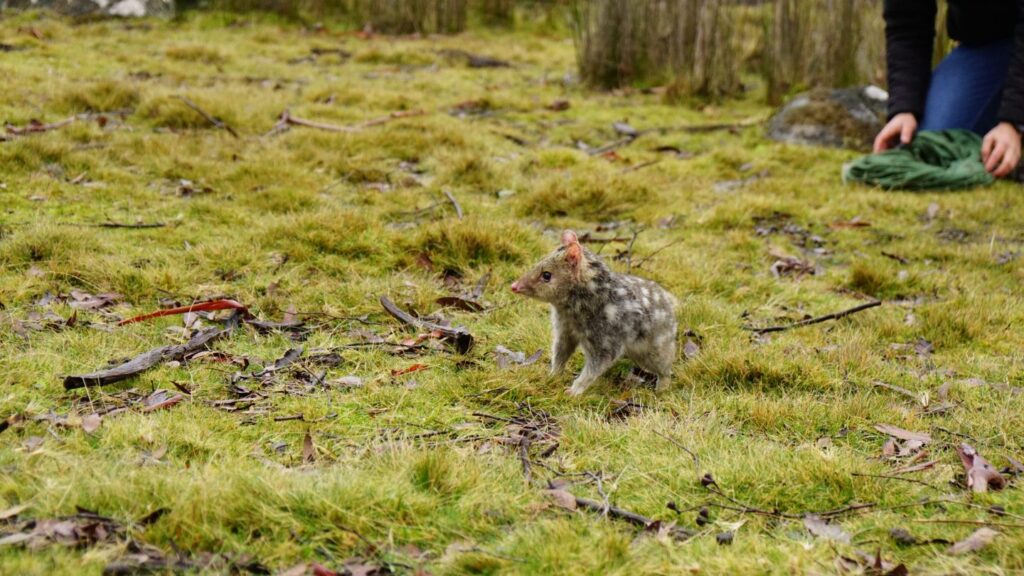
The long-term goal of this project is to use targeted releases of captive-bred eastern quolls to increase population sizes to the point where they are able to ‘self-rescue’ – to breed enough that population declines are reversed.
As part of this project, in 2020 the Tasmanian Quoll Conservation Program, which manages the captive breeding population, gathered a group of 20 quolls from Trowunna, Devils@Cradle and East Coast Natureworld. Bred in captivity, these young animals were reared with the intention of release. You can read more about this initial stage of the project in the TLC Newsletter or read on to find out what we learned at Silver Plains last week…
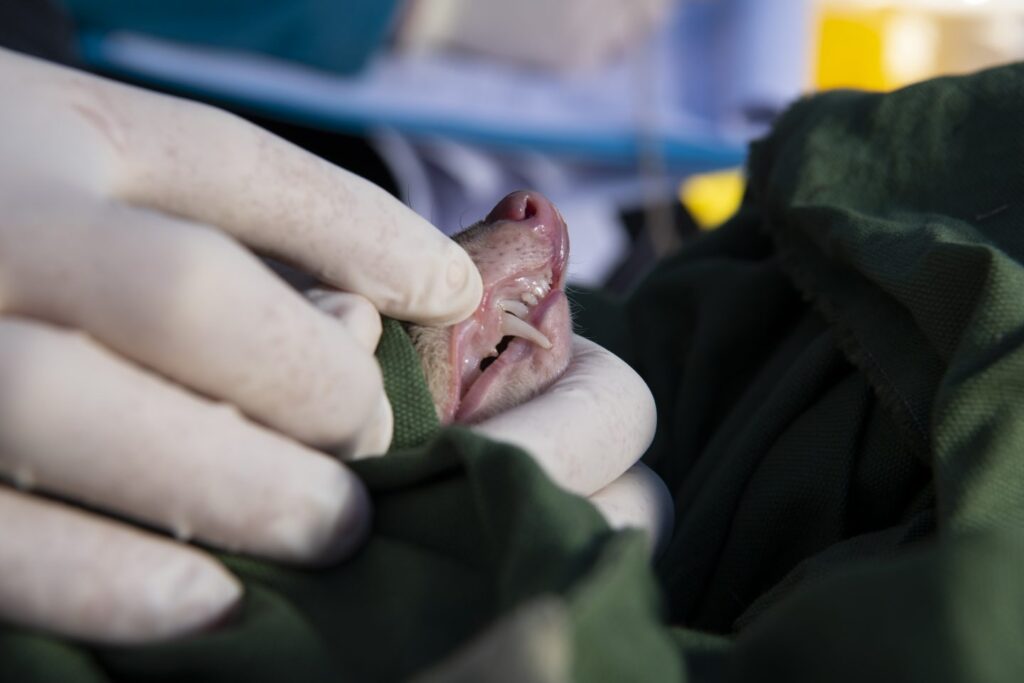
What we’ve learned about the captive-bred quolls
We released 20 quolls in November 2020, 10 of each sex. One of each sex died within the first couple of weeks, but at least 15 were still alive by Christmas (this compares favourably to survival rates at Booderee, a mainland rewilding project, thanks mainly to the absence of foxes in Tasmania).
Last week we caught five of the nine remaining captive-bred male quolls. These males are now two years old, which is pretty good going for this species: unlike the closely related northern quoll, eastern quolls are not semelparous (where all the males die off after mating), but there is still a very high mortality rate of males after their first breeding season.
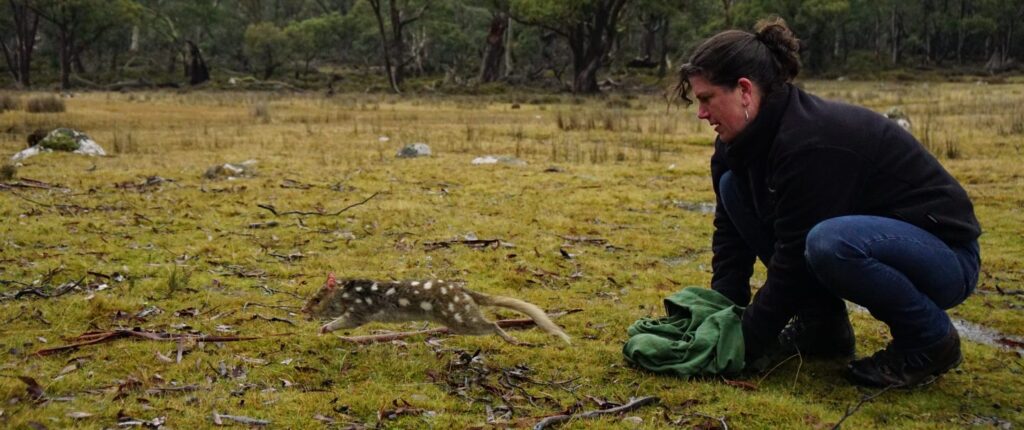
We only caught one of the nine remaining captive-bred female quolls, but she had successfully mated and was carrying five pouch young (eastern quolls can have a maximum of six each season, and most females carry five to six. Up to 30 tiny babies are born, but there are only six teats so the first to latch on get to survive). This result is super exciting, as it is one of the major goals if we want such releases to be effective in increasing local populations. Again, breeding as a two-year-old female is very good going for this short-lived species, particularly as she (we called her Slim) was the smallest female we released.
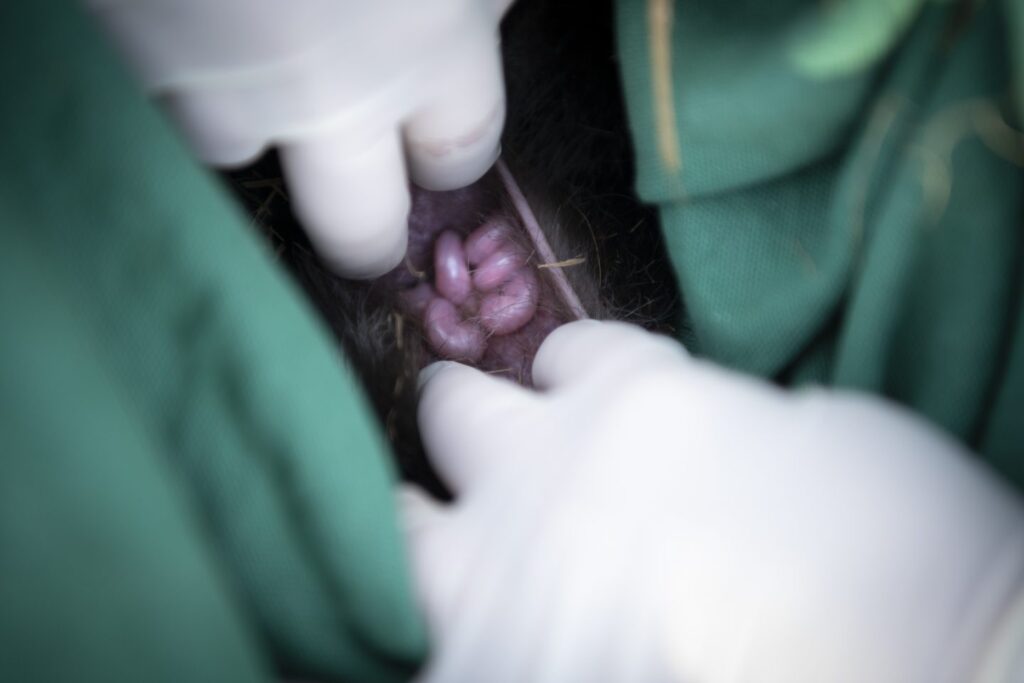
We will be trapping again in December to take genetic samples from the juveniles, to help determine the impact the captive-bred quolls are having on the local population genetics. As part of this project, we will be taking on an honours student in collaboration with UTAS and WWF-Australia to analyse and interpret the genetic samples. We’re particularly looking forward to the genetic results to figure out whether our captive-born males are having much luck with the ladies!
Other quoll species (including northern quolls Dasyurus hallucatus and spotted-tailed quolls Dasyurus maculatus) are polyandrous: females mate multiple times and juveniles in the same litters can have different fathers (in northern quolls, up to eight different fathers in one litter!), which should make for some very exciting family trees.
We are still processing camera images to help determine the survival of other quolls.
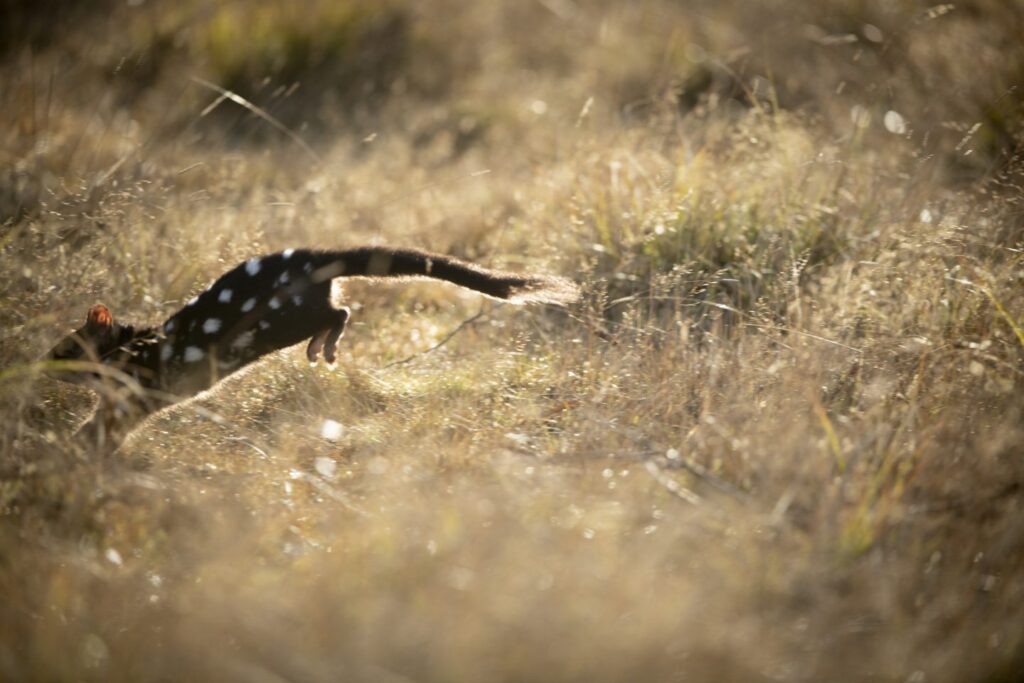
What we’ve learned about the wild quolls
We caught 11 new wild quolls, taking the total number of wild quolls caught on the property to 27 (8 females, 19 males). Seven wild females were captured this trip, each with between 5 and 6 pouch young.
This includes four females who were first caught last December as juveniles just starting to hunt independently. These females have stayed close to their mothers’ territories: in fact on one morning, last year’s mother (Meryl) and her two daughters (Anna and Ella) were caught within 100m of each other.
Last year’s cohort of male quolls have dispersed further than the females, and nine new males were captured – this is likely to be an evolutionary adaption where the young males are kicked out of mum’s territory to avoid inbreeding, and males roam widely in the mating season to find as many females as possible.
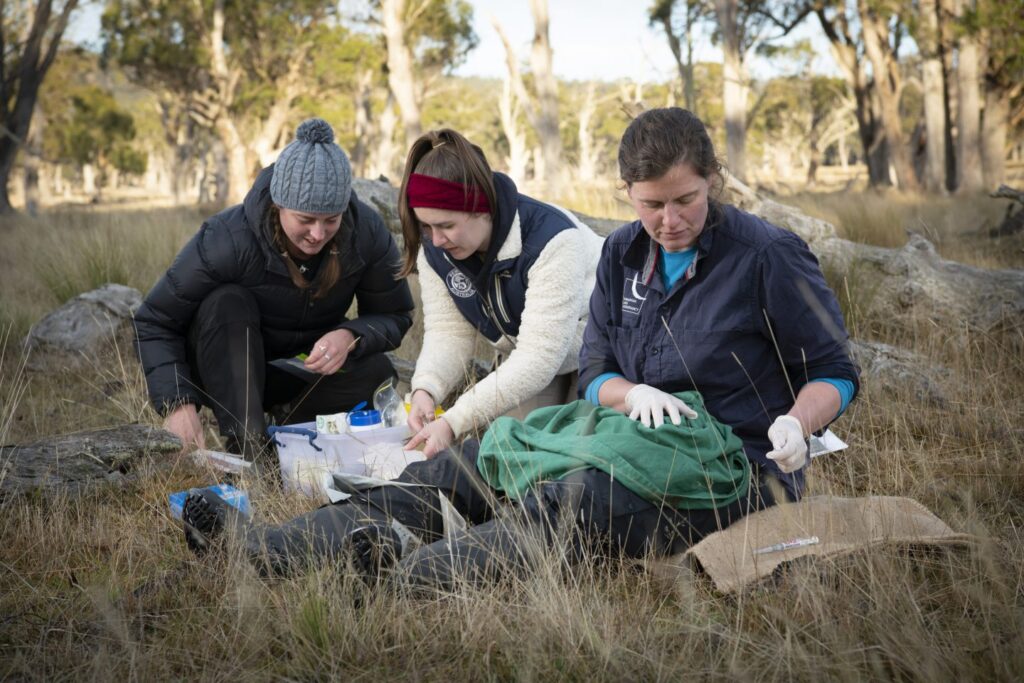
This research has been taking place at Silver Plains, which is one of the TLC’s New Leaf properties. Purchased from Gunns Ltd and donated to the TLC by the Elsie Cameron Foundation, these properties are managed for conservation, while not being fully fledged reserves. Silver Plains hosts a number of science projects, including an Australian Mountain Research Infrastructure Facility, Latham’s snipe surveys and research on fallow deer browsing and control. The eastern quoll project is just the latest in a suite of research taking place on the property. What we learn at Silver Plains will help us better monitor and manage wildlife on our suite of reserves.
The next stage of the project will take place in December 2021, when genetic samples will be collected from the next generation of quolls so we can estimate the genetic contribution of the release cohort to the local population. Subscribe to our newsletter for more updates. Thank you to all the volunteers who have helped with this project, to the sanctuaries who bred the quolls, and to WWF-Australia, the Wettenhall Environment Trust and TLC donors for their support.
Banner photo is by David Hamilton.
